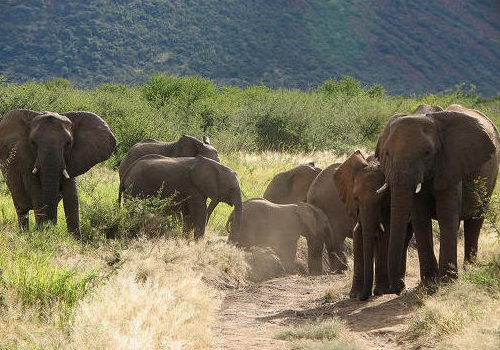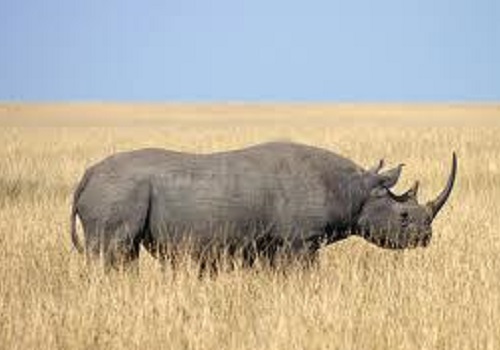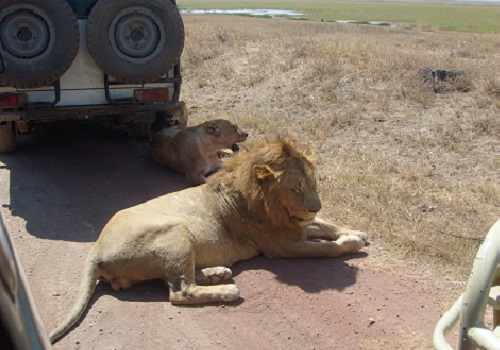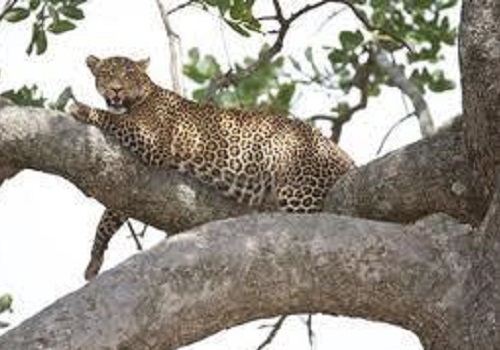The African Elephant

The African Elephant (Loxodonta africana) is a very large herbivore having thick, almost hairless skin, a long, flexible, prehensile trunk, upper incisors forming long curved tusks of ivory, and large, fan-shaped ears. There are two distinct species of African elephant: African forest elephant and the African Bush Elephant. The elephants are difficult because despite their large size, they are able to hide in tall grass and are more likely to charge than the other species.
The African Buffalo

The African or Cape buffalo (Syncerus caffer) is a large horned bovid. Buffalo are sometimes reported to kill more people in Africa than any other animal, although the same claim is also made of hippos and crocodiles. It is considered the most dangerous of the big five, reportedly causing the most hunter deaths, with wounded animals reported to ambush and attack pursuers.
The Black Rhinoceros

Listed as Critically Endangered, the population of Black Rhino (Rhinoceros bicornis Linnaeus) has declined by an estimated 97.6% since 1960 with numbers bottoming out at 2,410 in 1995, mainly as a result of poaching. Since then, numbers have been steadily increasing at a continental level with numbers doubling to 4,880 by the end of 2010. Current numbers are however still 90% lower than three generations ago.
The Lion

The lion (Panthera leo) is a large carnivorous feline of Africa and northwest India, having a short, tawny coat, a tufted tail, and, in the male, a heavy mane around the neck and shoulders. Lions are desirable to hunters because of the very real danger involved. A lion may attack without provocation, and is considered by many to be the best of the big five. Typically, the lion inhabits grasslands and savannas, but unlike other big cats, it’s absent in dense forests.
The Leopard

The leopard (Panthera pardus) is a large, carnivorous feline having either tawny fur with dark rosette-like markings or black fur. The leopard is sometimes considered the most difficult of the big five to hunt because of their nocturnal and secretive nature. They are wary of humans and will take flight in the face of danger. The leopard is solitary by nature, and is most active between sunset and sunrise, although it may hunt during the day in some areas.
